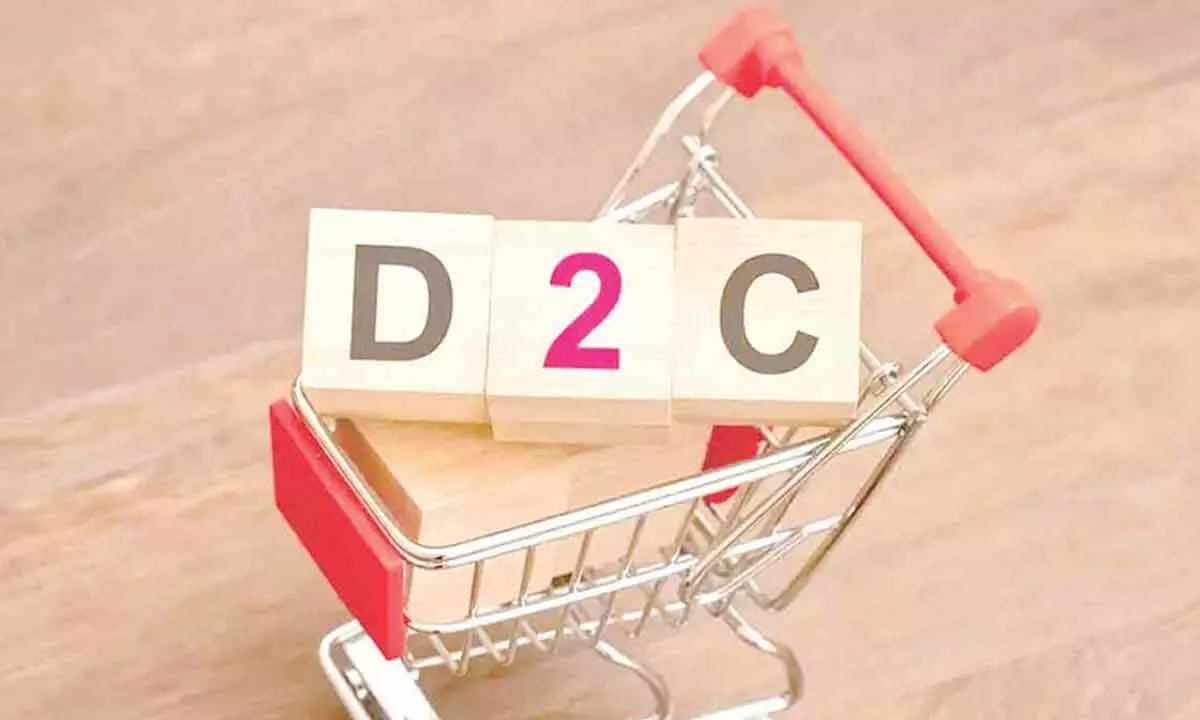The crisis-proof D2C juggernaut marches ahead

The direct to consumer (D2C) model has made it cheaper than ever to start a business, to reach out to vast multitudes and create new standards for consumer satisfaction
Traditional ways of trading have found fewer takers and more challenges in recent times. When the pandemic disrupted the usual elaborate business networks involving wholesalers and distributors, the internet came to our rescue. As a direct consequence, the direct-to-consumer (D2C) model, where brands sell goods directly to consumers, witnessed a new lease of life. Online storefronts took over to fulfill demands which could not be met via conventional means and the surge of the D2C revolution, since then, has been nothing short of phenomenal.
As The Times of India reports, the recent growth of the D2C model is primarily fueled by the growing preference for online commerce. According to a 2020 report, there has been a 65 per cent increase in brands developing their own website with a whopping 88 per cent growth in order volume. This growing trend has received a further fillip during the pandemic. As the market was crippled by the lockdown, the internet came to the aid by providing both the producers and consumers a means to connect with each other. However, this model has more advantages to offer for all parties involved alongside a new imagination of consumerism.
The roots of the D2C shift go back to the late 20th century, when the internet emerged and democratized the marketplace. Instead of the hegemony of a few brands which dominated consumer retail, a vast range of startups emerged. Harvard Business Review notes that from Warby Parker (eyeglasses) to Everlane (clothing) to Casper (mattresses) and The Honest Company (baby and beauty products), this first generation of "direct-to-consumer" companies was defined by borrowed supply chains, web-only retail, direct distribution, social media marketing, and a specific visual brand identity. This happened because the tools to trade on a significant scale were made available to everyone instead of monopolists with entrenched privileges and networks.
The same is true for the present times, as the D2C model has provided extraordinary opportunities for new innovators and entrepreneurs. For example, Candes, a Delhi based startup founded in 2015 recently raised its funding up to $3 million, witnessing sales worth Rs 10 crore every month. In fact, as per the Inc42 Plus Analysis. Indian D2C startups could raise an enormous $783 million in the first seven months of 2021. With reduced costs for retail distribution, expedited final delivery of goods and services and a servicing directly to the doorstep of the consumer, D2C for businesses obviously clinched several triumphs, even as Covid-19 kept posing difficulties for the world.
It is not to forget that during the pandemic, the D2C domain has been a site of great innovation as well. For example, several brands switched to using apps and video calls for live shopping. As a report by Indian Retailer.com outlines, a good example of this is Tanishq, who recently sold over Rs 100 crore ($13.5 million) worth of Jewellery through video calling in just two months. Several other retail brands such as Kalyan, Crocs, Pothys, etc are now following suit. Global e-commerce tech companies like Etsy saw a 2X jump in GMS from $5 billion to 10 billion after adding video as a feature while Shopify has begun listing live shopping apps on its marketplace. The direct interaction with the consumer before the orders being placed kept working during the pandemic, and transactions continued.
On the other end of the spectrum, for consumers, this is a redefinition of the brand-consumer relationship. By engaging directly with the brand, the consumers get to know more about it and make more conscious decisions. Simultaneously, such a connection allows channels for direct feedback and provides scope for personalization and faster grievance redressal. Furthermore, with the exclusion of intermediaries, consumers benefit from lowered prices, as the producers spend less than they would have using the conventional supply chain. These benefits are going to be accessible to countless people in the years to come with a predicted increase of over 200 million new online shoppers in India in the next four years.
The D2C model has made it cheaper than ever to start a business, to reach out to vast multitudes and create new standards for consumer satisfaction. It has demonstrated the reality of being unstoppable against hardship and innovating our way out of difficult times. It is safe to say the D2C is the way to go and with the march of technology, it shall take enormous strides.
(The author is Chief Impact Officer at Recykal Foundation)
















